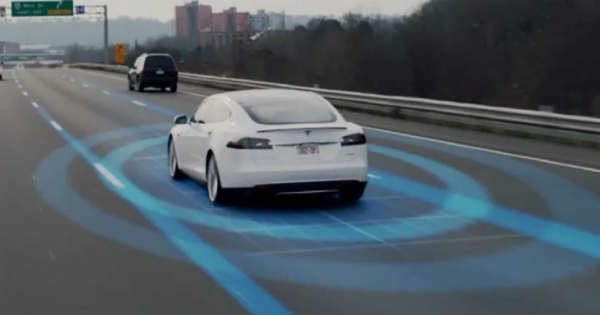Ensuring the safety of occupants and other road users is paramount for automobiles. With advancements in technology and a growing focus on road safety, modern vehicles now come equipped with various essential safety features. These features protect drivers and passengers in an accident and help prevent collisions. In this article, we will explore the critical safety features that every car should have, highlighting their significance in enhancing overall safety on the road. Additionally, if you are looking for a car accident lawyer in Clearwater, or a Tampa car accident lawyer, we will provide information on how to find the proper legal assistance for your needs.

Seat Belts and Airbags
Seat belts and airbags are virtually all modern vehicles’ fundamental safety features. Seat belts secure occupants in place during a collision, preventing them from being thrown forward and minimizing the risk of severe injuries. They are designed to distribute the impact force across the body’s most vital parts, such as the pelvis and chest.
Airbags complement seat belts by providing an additional layer of protection. These inflatable cushions rapidly deploy in the event of a crash, absorbing impact forces and reducing the risk of head and chest injuries. While front airbags are now commonplace, it is also important to have side airbags and curtain airbags to protect occupants from side-impact collisions.
Antilock Braking System (ABS)
The Antilock Braking System (ABS) is an essential safety feature preventing wheels from locking up during emergency braking or slippery conditions. By modulating brake pressure on individual wheels, ABS helps the driver maintain control and steer the vehicle while braking, significantly reducing the chances of skidding and potential loss of control. This feature is particularly vital on wet, icy, or uneven road surfaces, where effective braking can be challenging.
Electronic Stability Control (ESC)
Electronic Stability Control (ESC), or Vehicle Stability Control (VSC), is a technology designed to improve a vehicle’s stability and prevent skidding or spinning out. It continuously monitors the vehicle’s movement and applies individual brakes or reduces engine power to specific wheels to counteract oversteer or understeer. By enhancing stability and control, ESC plays a critical role in minimizing the risk of rollovers and other accidents caused by loss of control.
Forward Collision Warning (FCW) and Autonomous Emergency Braking (AEB)
Forward Collision Warning (FCW) systems use sensors and cameras to detect the distance and relative speed of the vehicle ahead. The system alerts the driver through visual and auditory warnings when a potential collision is detected. Autonomous Emergency Braking (AEB) takes FCW further by automatically applying the brakes to avoid or mitigate a crash if the driver fails to react in time. These features are especially beneficial in preventing rear-end collisions and reducing their severity.
Lane Departure Warning (LDW) and Lane Keeping Assist (LKA)
Lane Departure Warning (LDW) systems utilize cameras to monitor lane markings. It alerts the driver if the vehicle unintentionally drifts out of its lane. This can occur due to drowsiness, distraction, or other factors. Lane Keeping Assist (LKA) goes beyond warnings and actively intervenes by applying gentle steering inputs to guide the vehicle back into the lane. LDW and LKA help prevent accidents caused by unintended lane departures, minimizing the risk of side-swipe collisions and run-off-road incidents.
Adaptive Cruise Control (ACC)
Adaptive Cruise Control (ACC) combines traditional cruise control with radar or sensor technology to adjust the vehicle’s speed automatically. It maintains a safe distance from the car ahead. By sensing the distance and relative speed, ACC can accelerate or decelerate the car accordingly, ensuring a consistent and safe following space. This feature reduces driver fatigue, enhances comfort, and mitigates the risk of rear-end collisions caused by inattentiveness or sudden changes in traffic flow.
Final Thoughts
In today’s automotive landscape, safety features have evolved to offer comprehensive protection for drivers, passengers, and other road users. Seat belts and airbags remain the fundamental safety components, while advanced technologies such as ABS, ESC, FCW, AEB, LDW, LKA, and ACC further enhance vehicle safety and contribute to accident prevention. With ongoing advancements in automotive safety systems, consumers must prioritize these essential safety features when purchasing a new vehicle. By adopting and implementing these features universally, we can strive towards a safer future on the roads, saving countless lives and preventing injuries. It is good to know that a Tampa car accident lawyer is always available in case of road accidents requiring legal assistance.






















